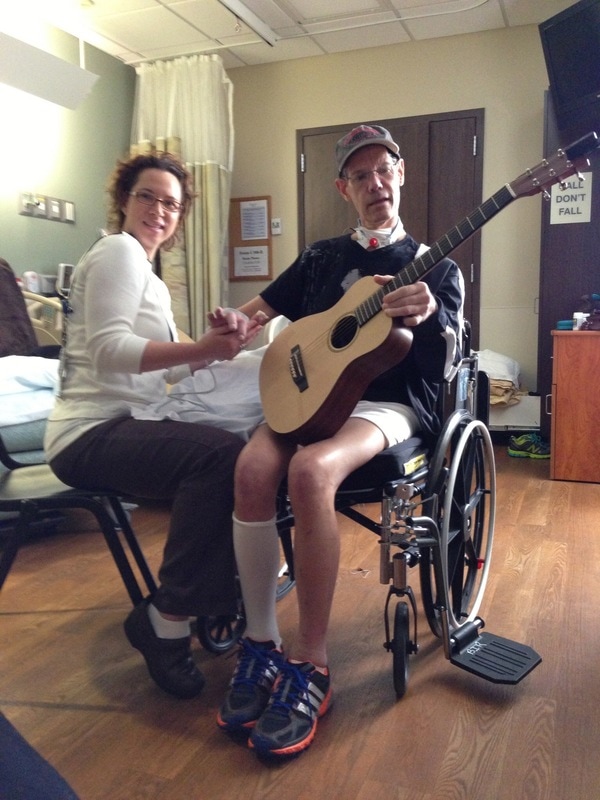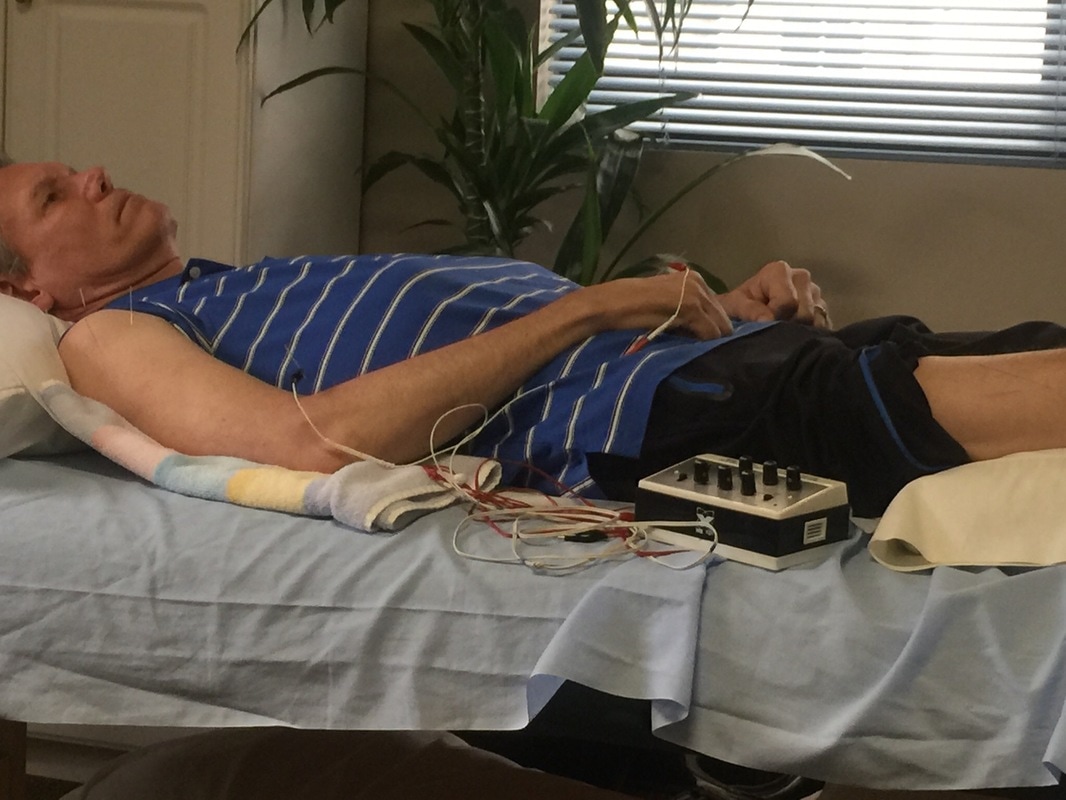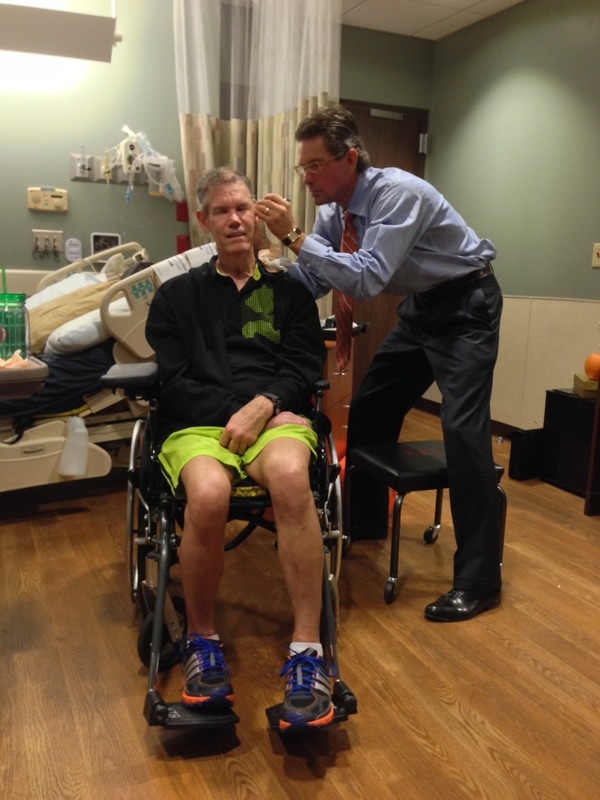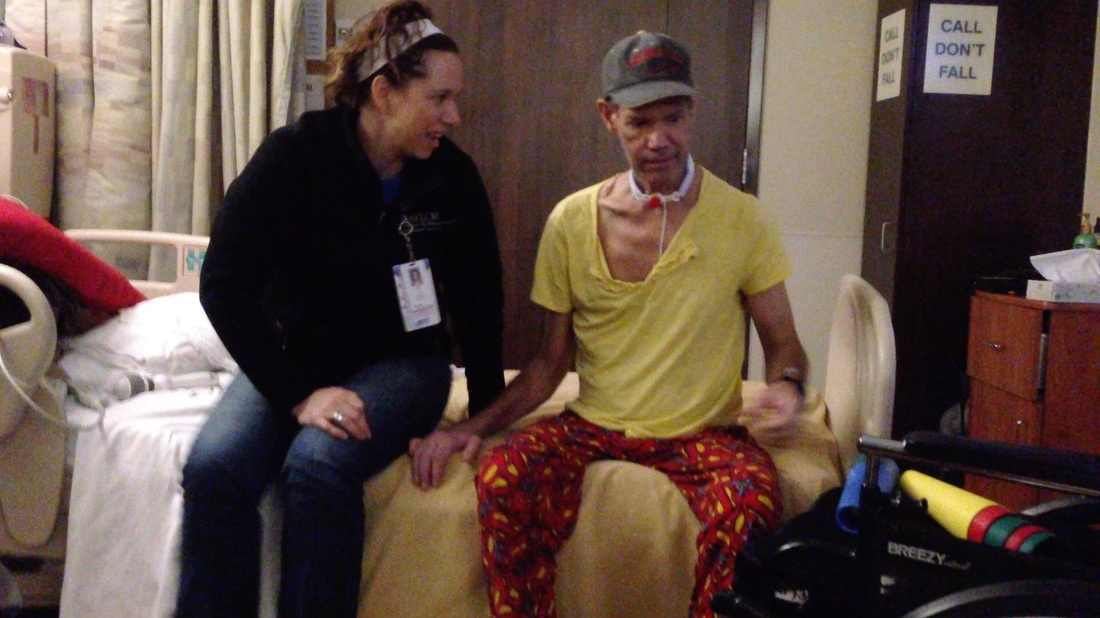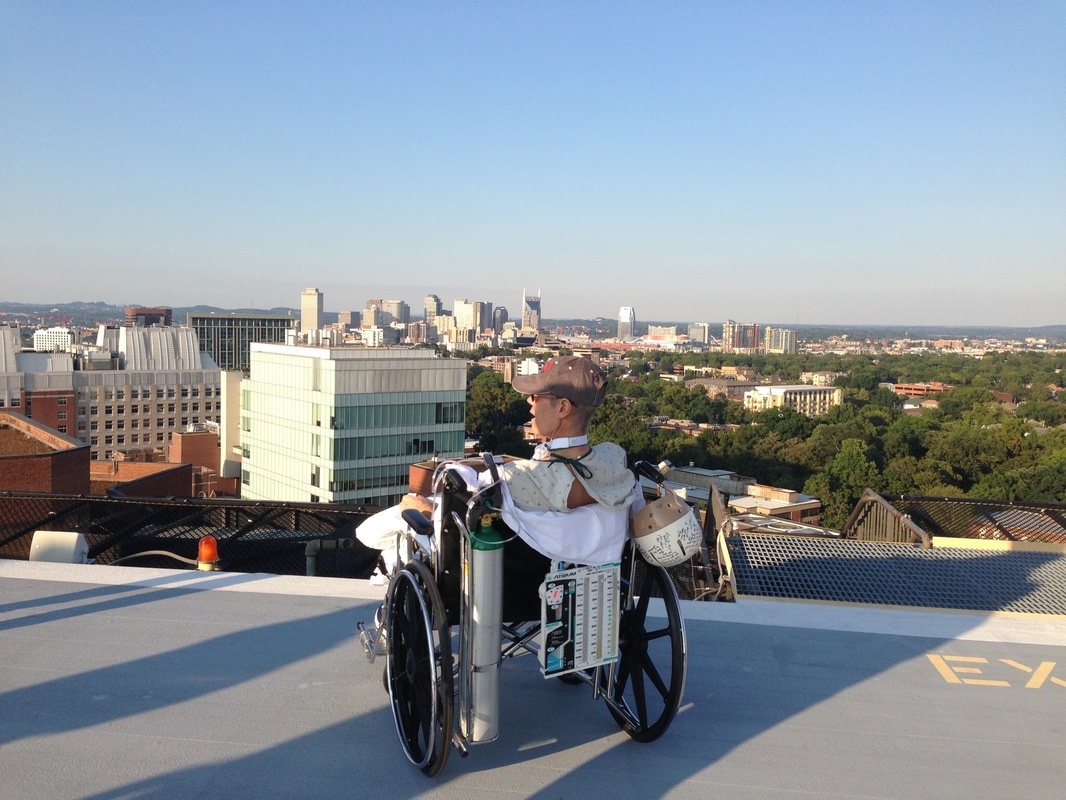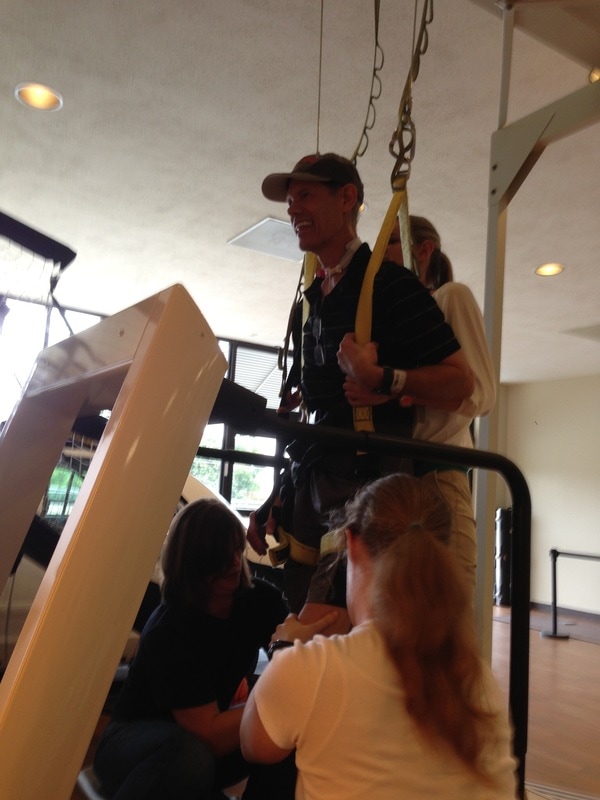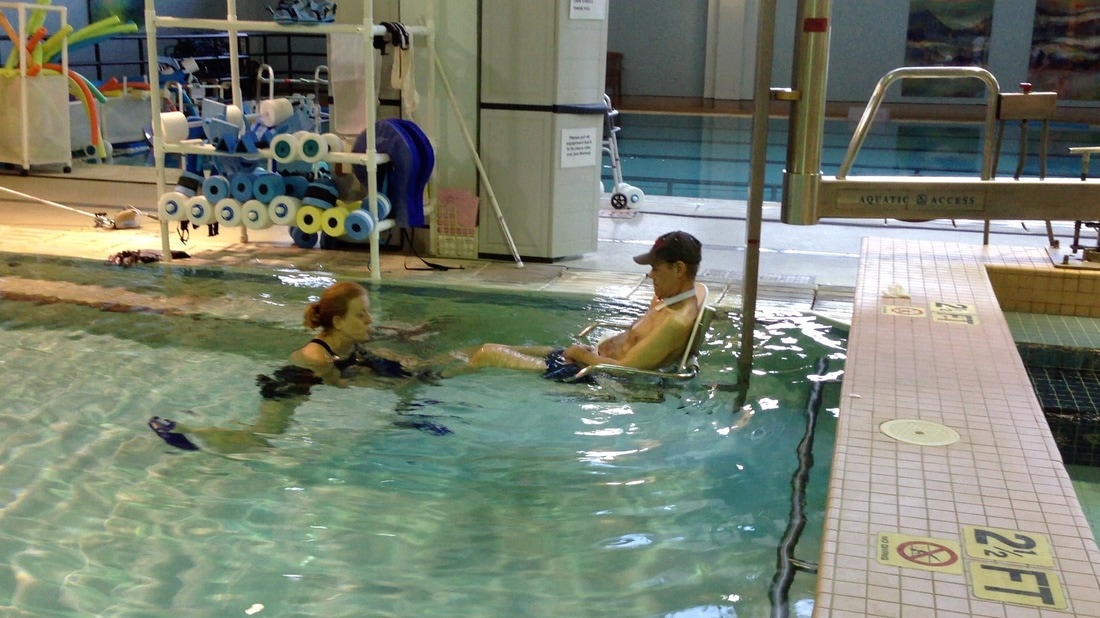Viral Cardiomyopathy

Viral cardiomyopathy occurs when viral infections cause myocarditis with a resulting thickening of the myocardium and dilation of the ventricles. These viruses include Coxsackie B and adenovirus, echoviruses, influenza H1N1, Epstein–Barr virus, rubella (German measles virus), varicella (chickenpox virus), mumps, measles, parvoviruses, yellow fever, dengue fever, polio, rabies and the viruses that cause hepatitis A and C, as well as COVID-19, which has been seen to cause this in persons otherwise thought to have a “low risk” of the virus’s effects.
COVID-19 Cardiomyopathy
Patients with Covid-19 frequently experience heart issues. According to studies, people who have had previous cardiovascular conditions like cardiomyopathy, hypertension, coronary heart disease, or arrhythmia are more likely to become critically ill from SARS-CoV-2 infection. Myocarditis may result from a direct viral infection of the myocardium. Cardiovascular biomarkers like troponin, lactate dehydrogenase, high sensitivity amino-terminal B-type natriuretic peptide, creatinine kinase, and creatinine kinase myocardial band, which indicate myocardial damage, increase in concentration in response to covid-19. Hundreds of studies have reported myocarditis/myopericarditis caused by Covid-19 infection in living patients, with a male predominance (58%), and a median age of 50 years.
Viral infection of the heart is relatively common, usually asymptomatic and has a spontaneous and complete resolution. It can, however, in rare cases, lead to substantial cardiac damage, development of viral cardiomyopathy and congestive heart failure. Viral cardiomyopathy is defined as viral persistence in a dilated heart. It may be accompanied by myocardial inflammation and then termed inflammatory viral cardiomyopathy (or viral myocarditis with cardiomegaly). If no inflammation is observed in the biopsy of a dilated heart (<14 lymphocytes and macrophages/mm) the term viral cardiomyopathy or viral persistence in dilated cardiomyopathy should be applied.
The diagnosis of myocarditis and viral cardiomyopathy can be made only by endomyocardial biopsy, implementing the WHO/WHF criteria, and PCR techniques for identification of viral genome. The most frequent cardiotropic viruses detected by endomyocardial biopsy are Parvo B19, enteroviruses, adenoviruses, cytomegalovirus, and less frequently Epstein-Barr virus, and influenza virus.
Viral cardiomyopathy has been defined as viral persistence in a dilated heart. It may be accompanied by myocardial inflammation and then termed inflammatory viral cardiomyopathy (or viral myocarditis with cardiomegaly). If no inflammation is observed in the biopsy of a dilated heart (< 14 lymphocytes and macrophages/mm(2)), the term viral cardiomyopathy or viral persistence in DCM should be applied according to the WHF Task Force recommendations.
Cardiomyopathy information courtesy of our friends at The National Institute of Health and Wikipedia.
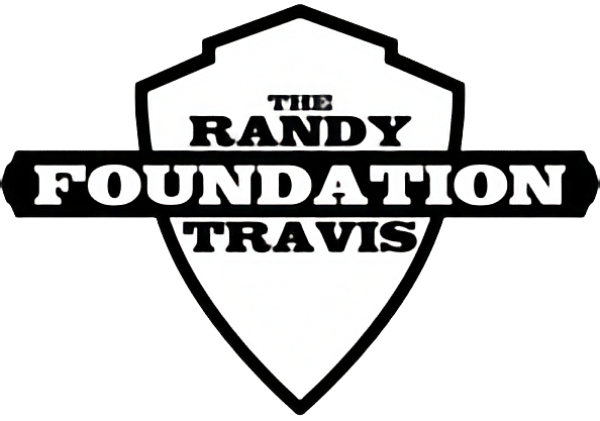
Follow Randy
Contact Us
Interested in learning more about the Randy Travis Foundation? Contact us for more information on being a part of this story…
The Randy Travis Foundation is a 501(c)(3) non-profit dedicated to raising awareness for viral cardiomyopathy and providing arts and music enrichment for children. The Randy Travis Foundation is part of the Leadership Development Council, Inc., a Texas non-profit.
